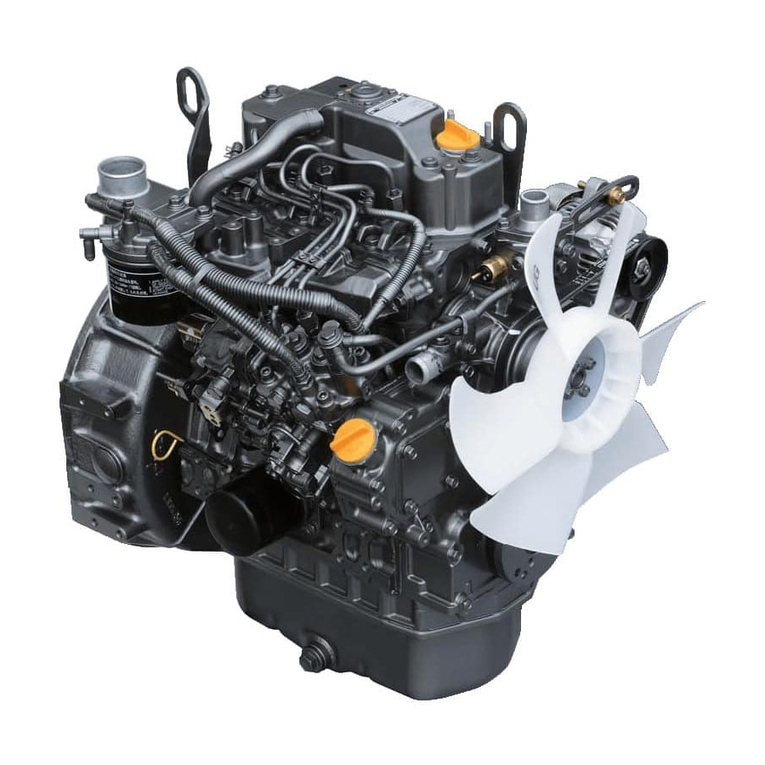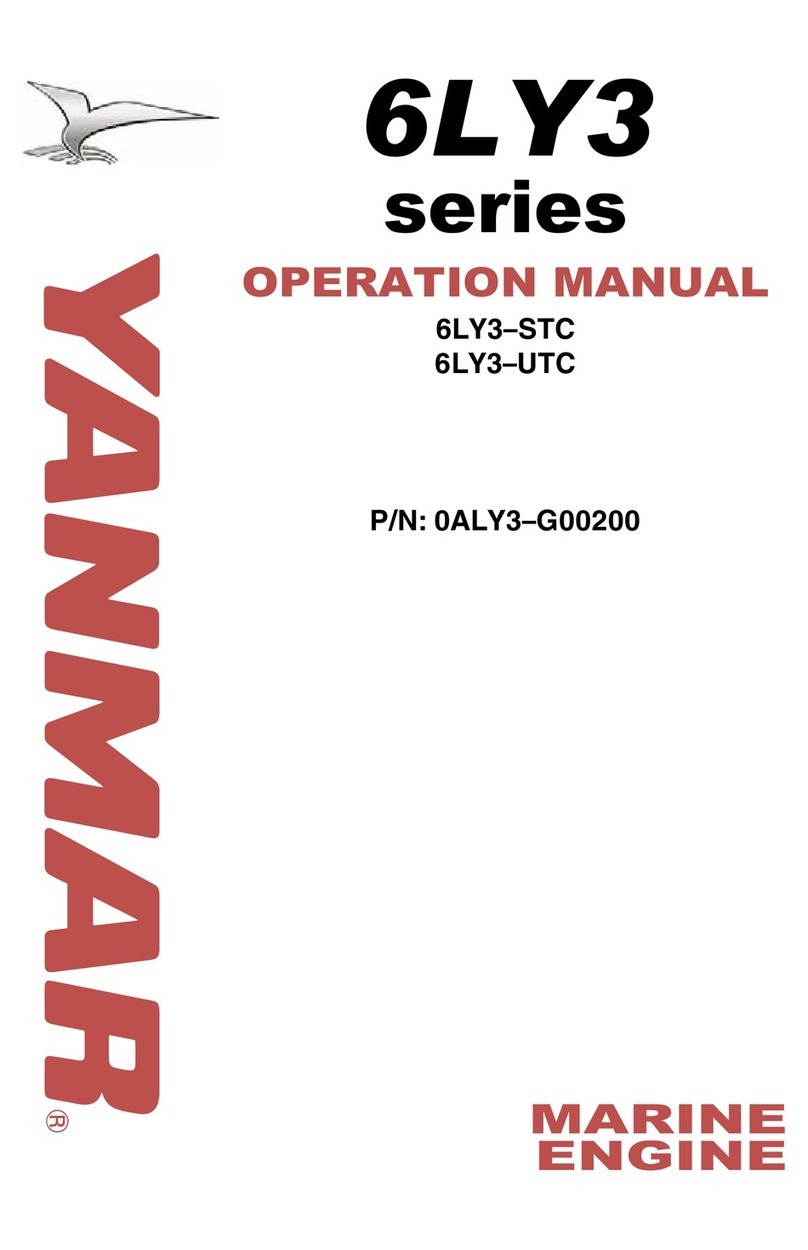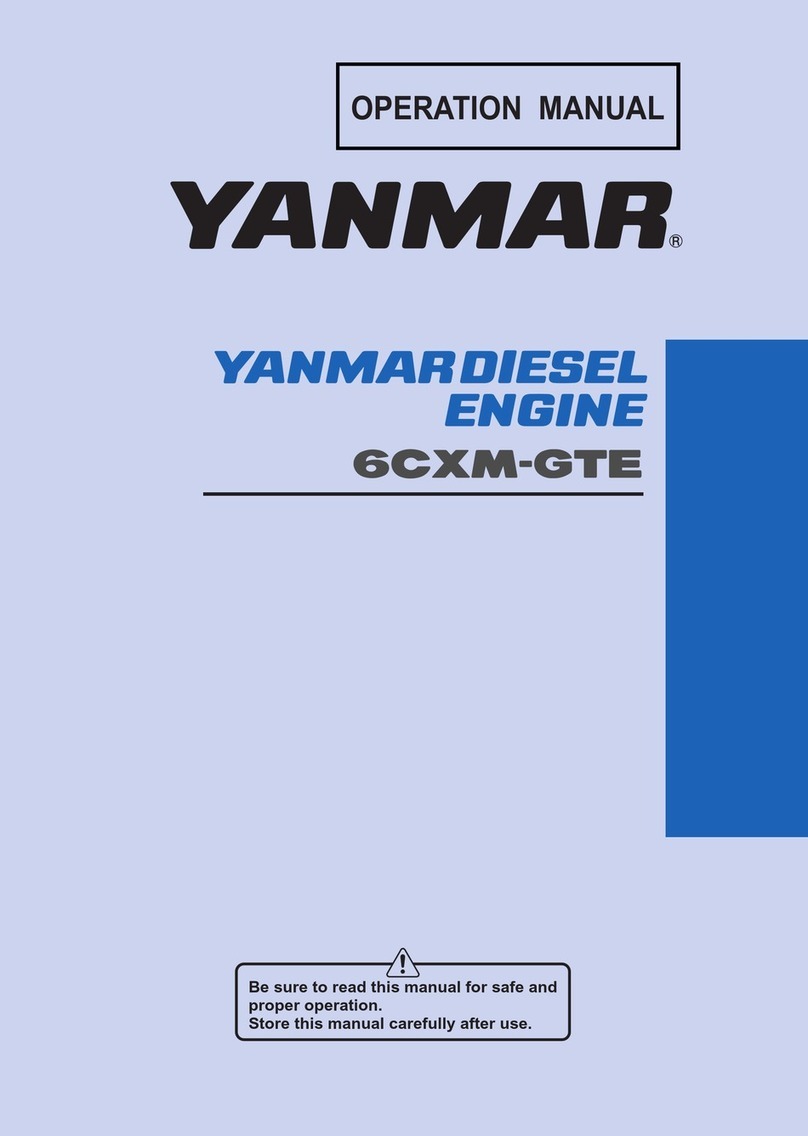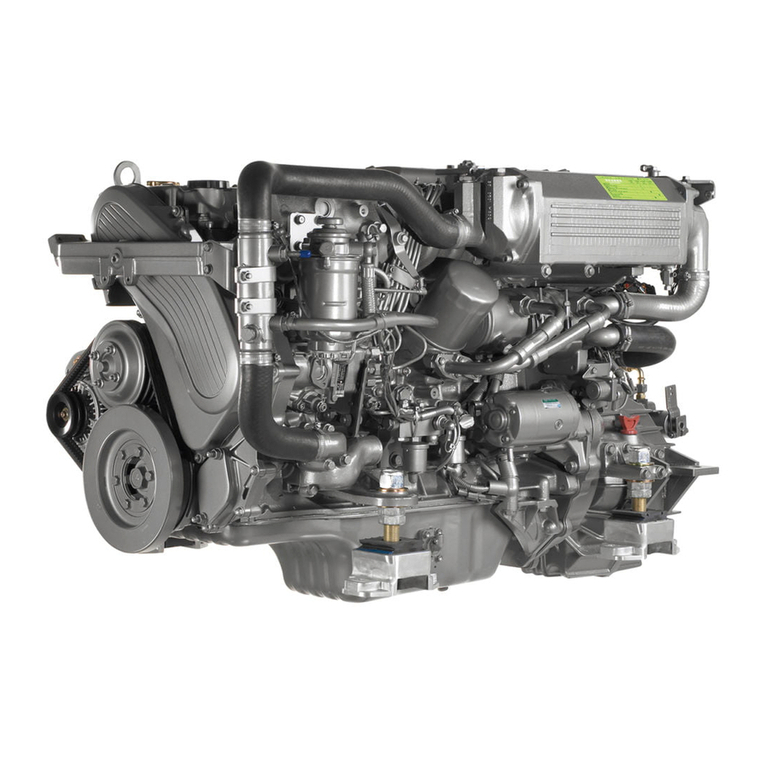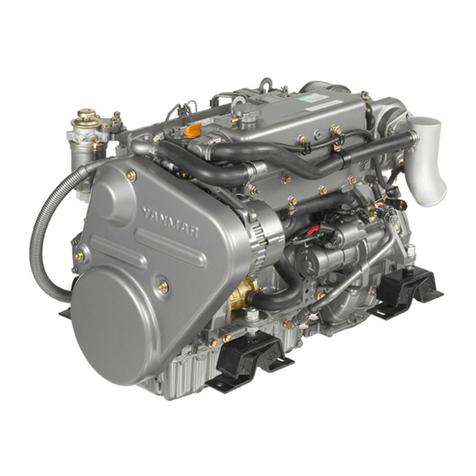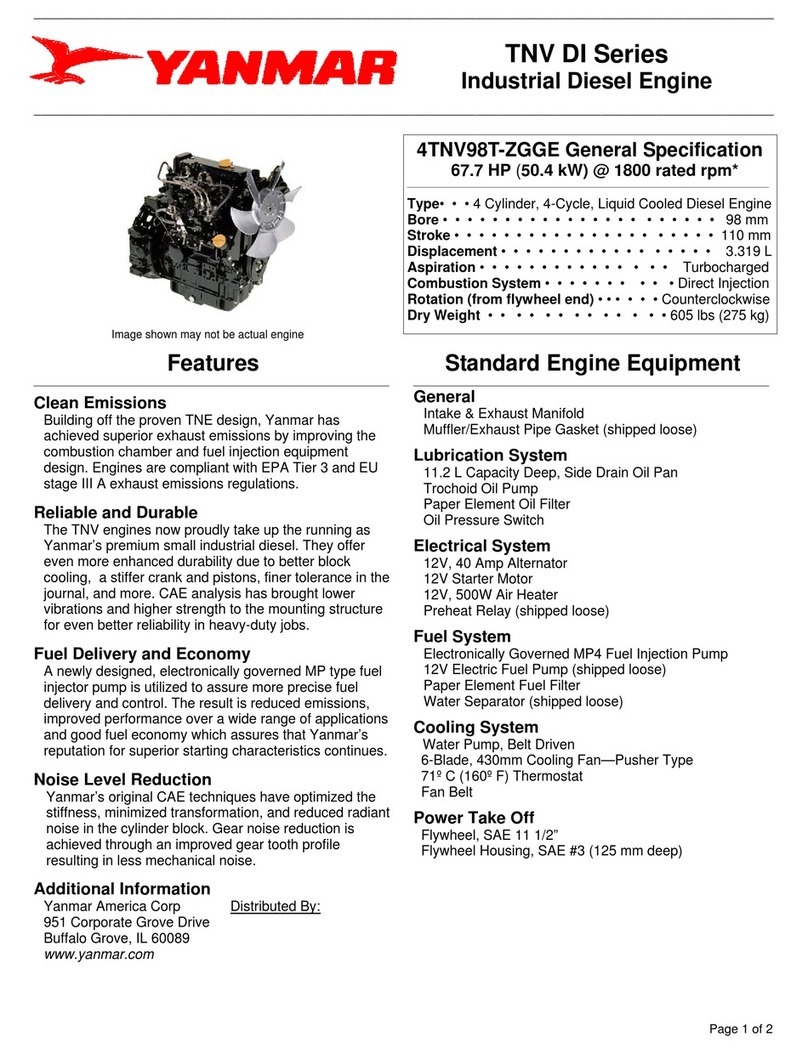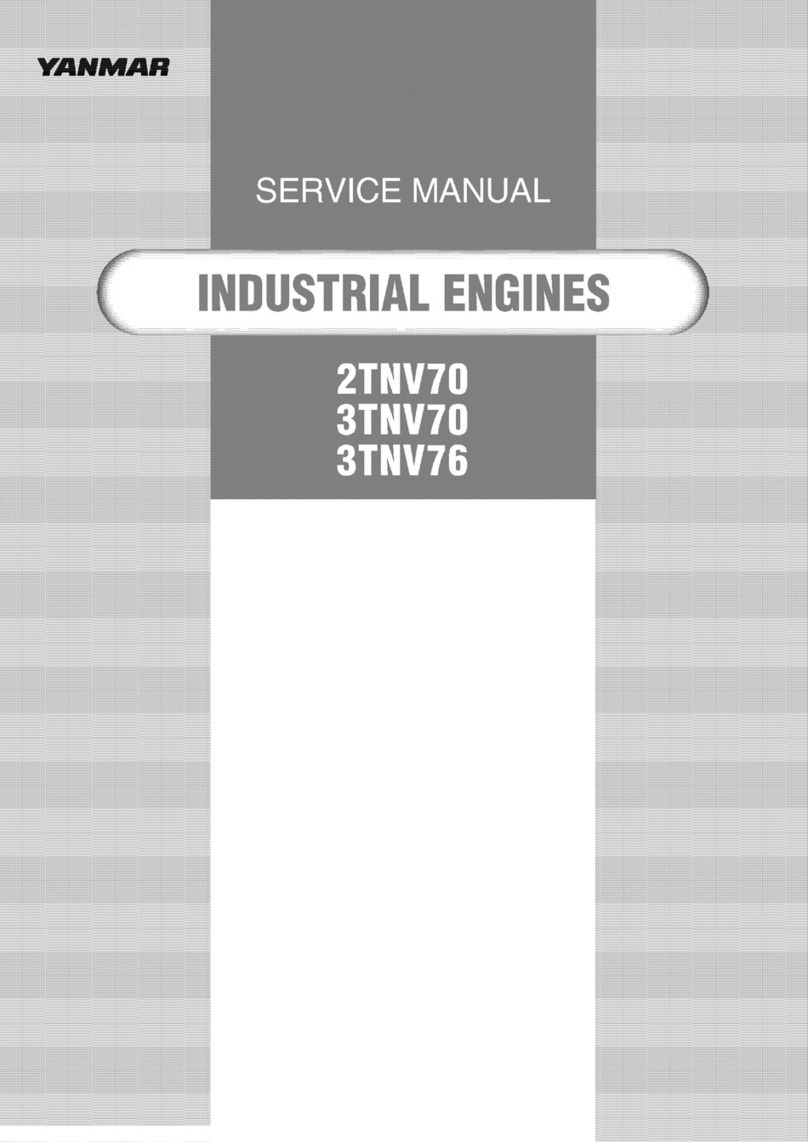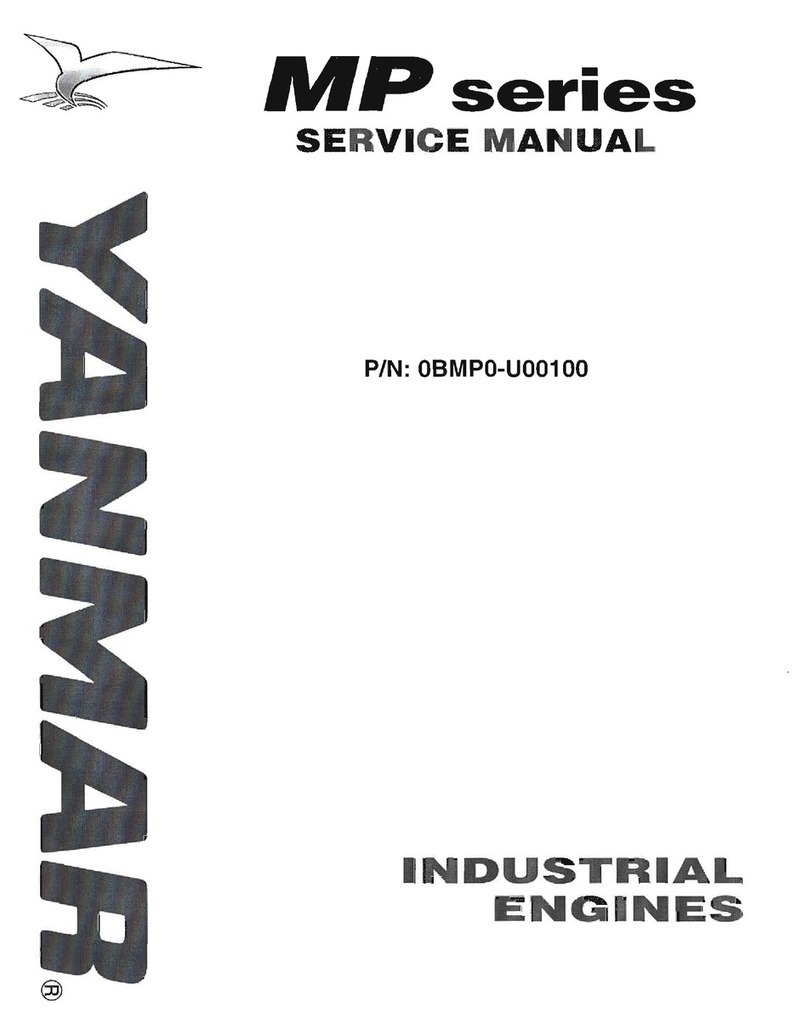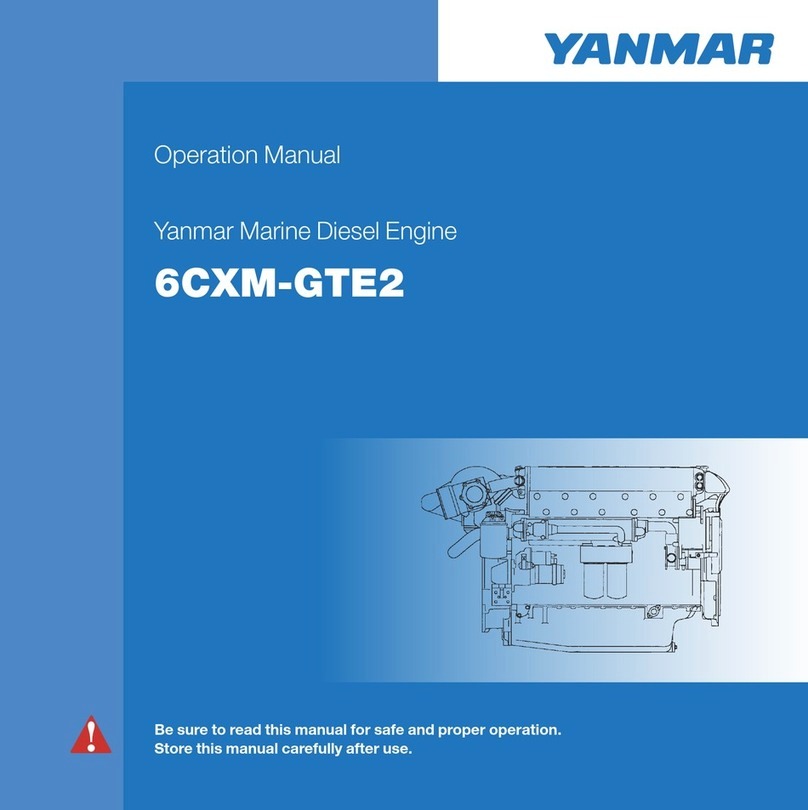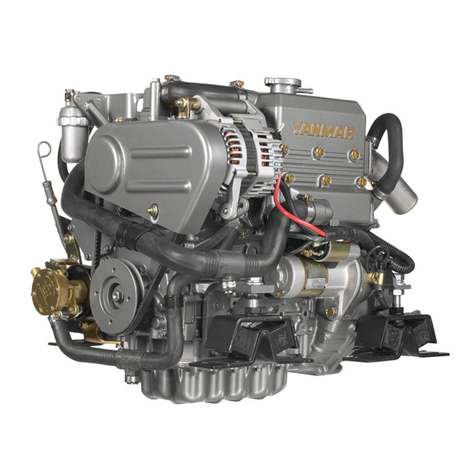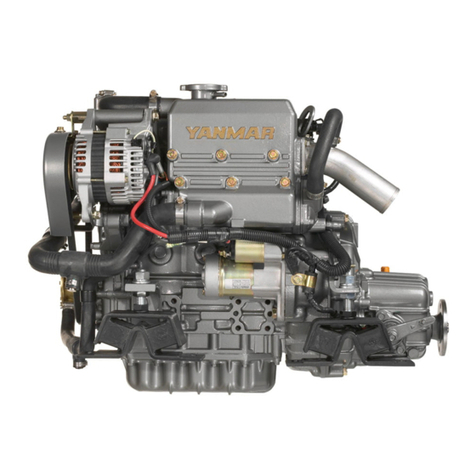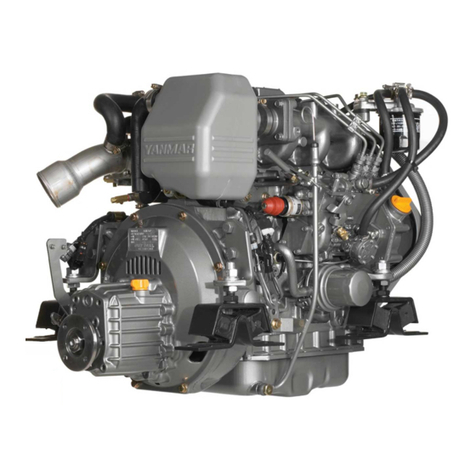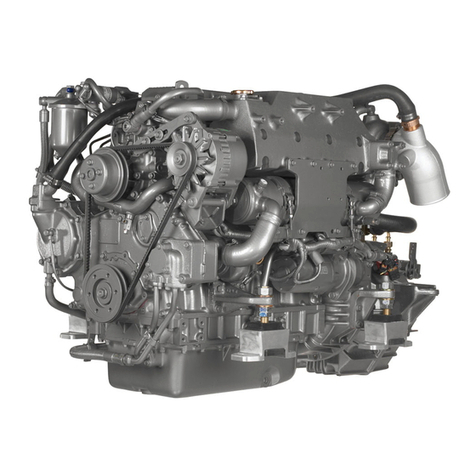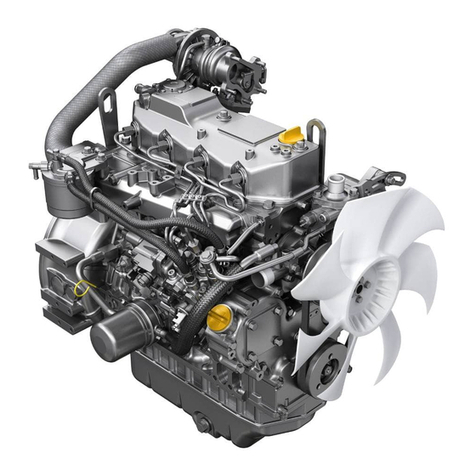CHAPTER THREE
OPERATION. LUBRICATION. MAINTENANCE AND TUNE
-
UP
...................
42
Fuel requirements
......
:
....................
42 Engine maintenanceand lubrication
.............
44
Preoperational checks
........................
42 Cooling system
.............................
52
Starting checklist
............................
43 Battery
....................................
56
.........................
Stopping the engine 44 Engine tune
-
up
.............................
57
Emergency engine stopping
...................
44 Transmission
...............................
60
Post
-
operational checks
......................
44
CHAPTER FOUR
LAY.UPANDFITT1NGOUT
.............................................
63
Lay
-
up
....................................
63 Fittingout
.................................
66
Cooling system draining
......................
64
CHAPTER FIVE
SINGLE.CYLINDERENGINES
............................................
GS
Diesel engine fundamentals
...................
68 Pushrods
..................................
79
Engine serial number and code
.................
70 Pistoniconnecting rod assembly
................
79
Replacement parts
...........................
70 Timing gearcase 85
............................
Engine removal precautions
...................
70 Lubrication system
..........................
86
Valvecover
................................
71 Flywheel
..................................
89
.
.
Breather assembly
...........................
71 Drlvedisc
.................................
91
Decompression mechanism
...................
73 Crankshaft
.................................
91
Cylinder head
..............................
73 Mainbearings
..............................
93
Rocker shaft assembly
.......................
76 Camshaft 93
..................................
Valves and valve seats
........................
77 Cylinder block
..............................
95
CHAPTER SIX
MULTICYLINDER ENGINES
.............................................
99
Engine serial number and code
.................
99 Push rods
..................................
113
................
Replacement parts
...........................
100 Pistoniconnecting rod assembly 113
Engine
....................................
100 Timing gearcase
............................
118
..........................
Valve cover
................................
10
1
Lubrication system 120
Breather assembly
...........................
10
1
Flywheel
................................
122
Decompression mechanism
...................
102 Drivedisc
.................................
123
Exhaust manifold
...........................
103 Crankshaft
.................................
123
Cylinderhead
..............................
105 Mainbearings
..............................
126
Rocker shaft assembly
.......................
109 Camshaft
.................................
127
Valves and valve seats
........................
110 Cylinder block
..............................
128
CHAPTER SEVEN
FUEL INJECTIONAND GOVERNOR SYSTEMS
...............................
138
Fuel injection fundamentals
...................
138 Fuel injection pump
.........................
149
Fuel injection system bleeding
.................
142 Fuel transfer pump
..........................
150
Fuel injection timing
.........................
144 Fuellines
..................................
151
Fuel injector
...............................
146 Governor system
............................
152
